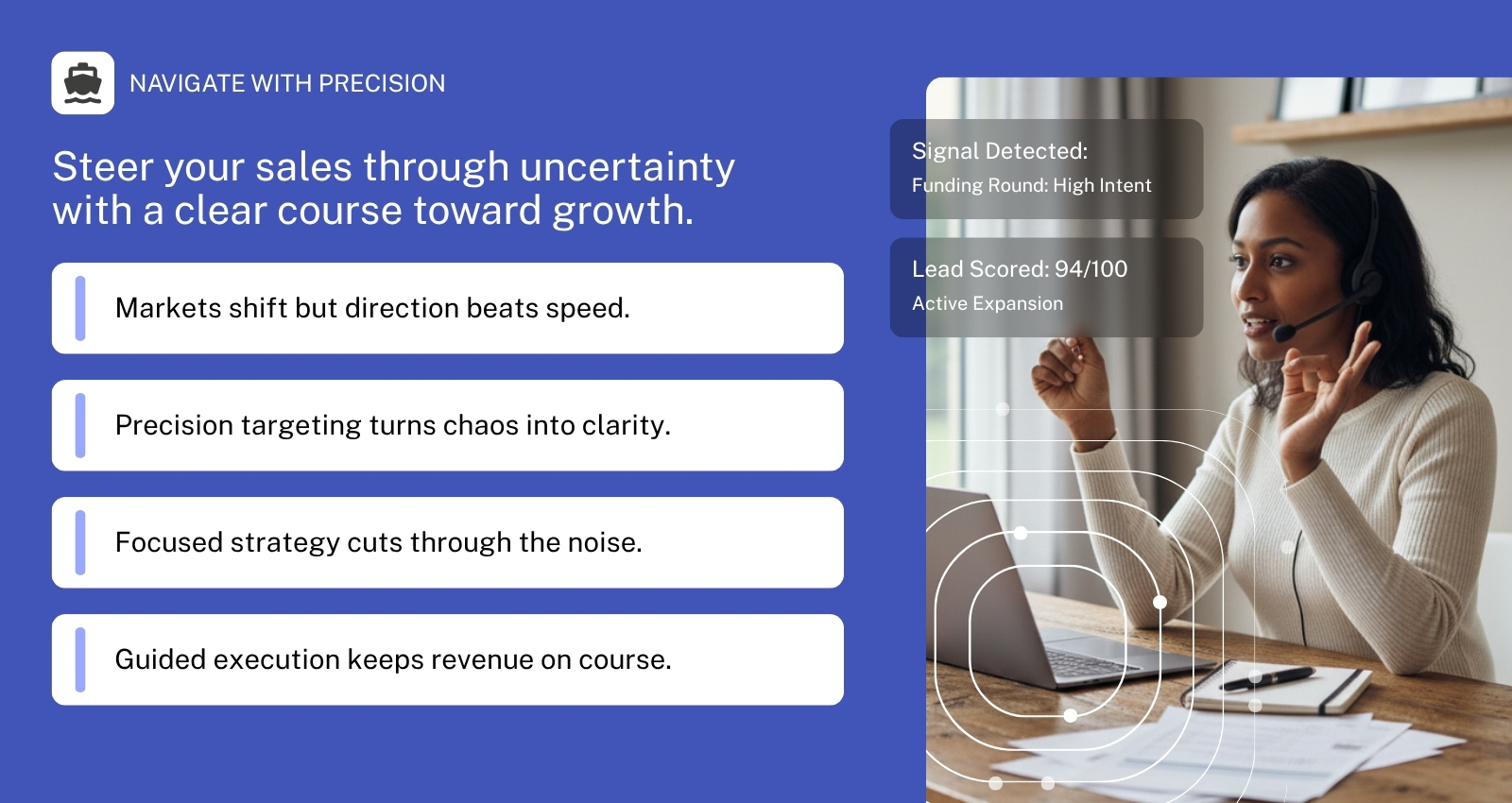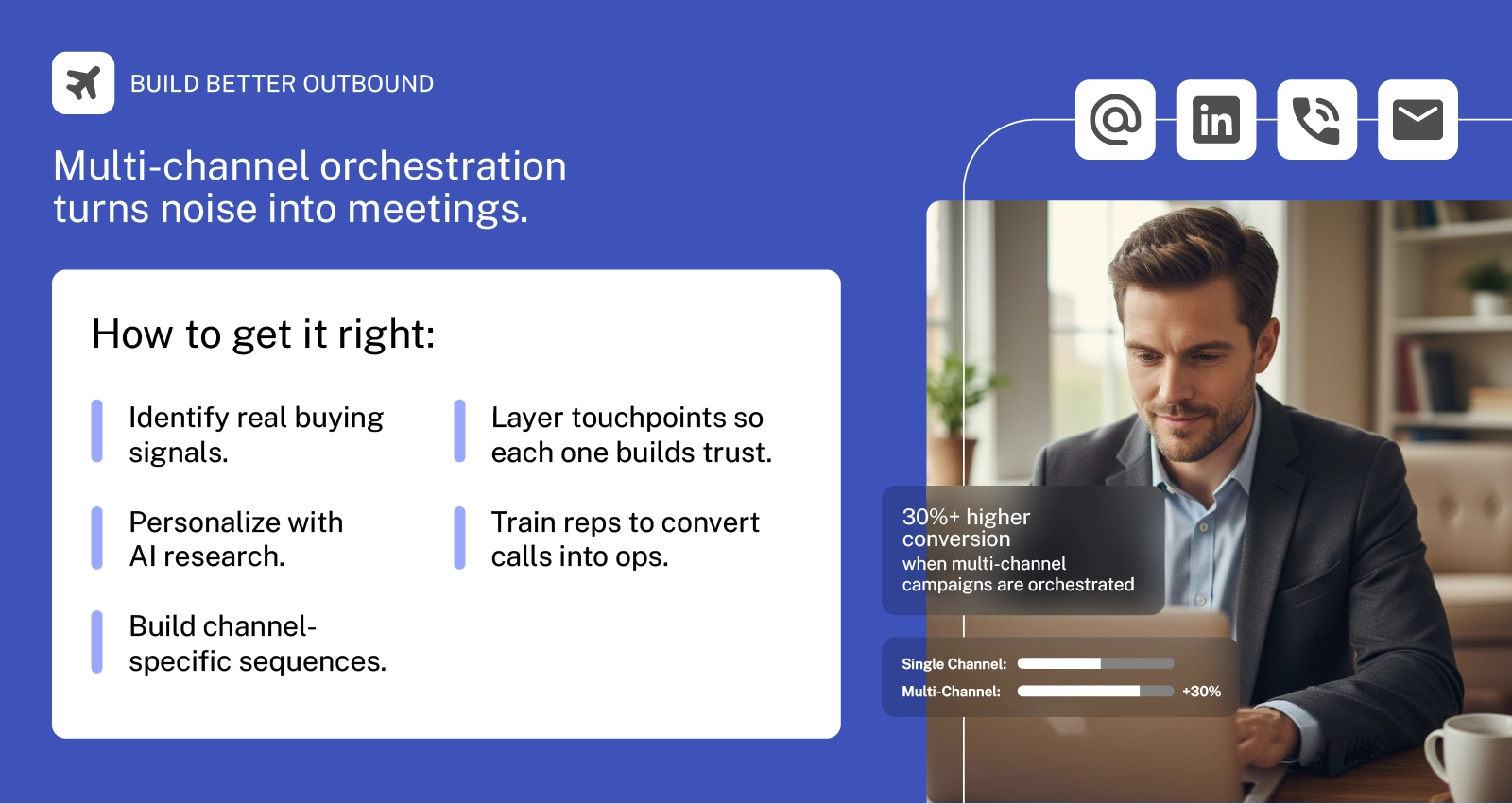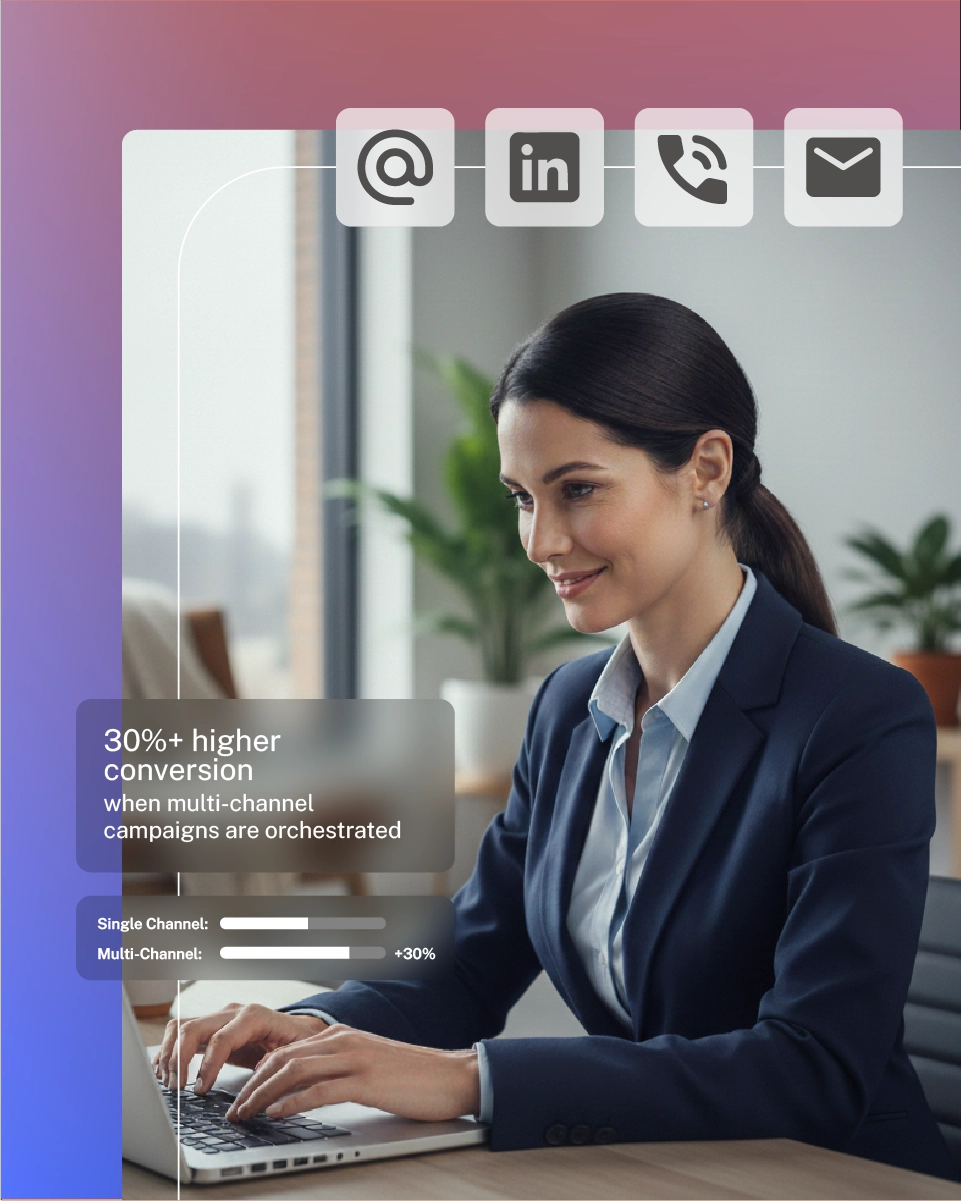

Five Ways To Use Behavioural Science In B2B Marketing
It has long been assumed in B2B marketing that the people behind the face of a business are entities who buy strictly with rational thought. In other words, they only respond to rational and product focused messaging, tactics and content.
This has led to what the B2B Institute refers to as an ‘objectivity trap,’ which ignores the fact that the people making decisions are humans just like you and me, and that our decisions are influenced by emotional motivators that drive our behaviour.
Unfortunately, many B2B marketers have fallen into the objectivity trap, and as a result, they are missing out on potential opportunities of using behavioural thinking within their tactics.
According to the Mindworx Academy[1], in behavioural science and economics, there are 5 key drivers of behaviour:
- Uncertainty
- Social proof
- Reciprocity
- Perceived effort
- Loss aversion
These drivers work by either removing friction or adding motivation to achieve a desired behavioural outcome. But what’s too often overlooked, is that these drivers can be used in B2B marketing to influence your customers’ journey.
Driver 1: Uncertainty
There isn’t a single person on the planet who likes uncertainty. You can probably think of a time you became stressed due to a train delay, or a traffic jam, that meant you were unsure if you would make your destination on time (an all too familiar feeling for the commuters out there). As creatures of habit, the unpredictability or change to routine tasks leaves you feeling worried or nervous. So, it's reasonable to assume that your customers also don’t like to feel uncertain about their future. But, how does this translate into marketing?
The B2B buyer journey is often very complex, and the sales cycle is very long. Therefore, by removing uncertainty we can make this process a lot less complex and fear-free.
First, you need to go through each step of the customer's journey and identify any uncertainties they could have. This could be due to future changes within their market, or uncertainty about your product offering. By learning the uncertainties your buyers may face, you can use these insights to influence your outreach strategy and either address your buyers' fears directly or remove them from the buying process entirely.

Netflix’s sign-up process is a great example of removing uncertainty by adding a line of copy that reads ‘cancel anytime’ on their sign-up page. This means that customers are aware during the sign-up process that they have the freedom to cancel the subscription whenever they please.
Driver 2: Social Proof
Social proof is our tendency to be influenced by what others do, how they think and how they behave.
It can be difficult to associate social proof in a business setting because, at the end of the day, your customers are operating in a work environment. However, one of the most conclusive ways to use social proof in B2B marketing is through the use of client testimonials and case studies. In fact, 92% of B2B buyers are more likely to buy after reading a trusted review or testimonial[2].
These assets prove that your solution delivers results for businesses like the one they work for. In simple terms, you are using a comparable setting to prove to your customer that you are the right choice for them.
A great example of social proof is Fitbit’s ‘Buzz’ section on its website. This enables health and technology industry experts to speak of the quality of their products, as a result, adding a lot of weight to the claims of the value and quality of their products.
Driver 3: Reciprocity
Reciprocity is the act of responding to a positive action with another positive action, as a result, rewarding those kind efforts. In short, If someone does something for you, you’re more inclined to do something back for them.

You can see this in its simplest form in B2B marketing through value exchange. By creating valuable content for your target audience, such as a gated report like Iron Mountain’s shown above, you can ask for their contact information in order to qualify them as a lead.
However, when using reciprocity you must be careful by ensuring you are exchanging the expected level of value. Do not misuse reciprocity, as it is very easy for your customers to see through it. If you are not delivering the expected level of quality, when you follow that lead, there may be no further reciprocation from the contact next time.
For example, a detailed report should deliver a comprehensive level of information and value, in order for your customers to exchange their contact details. If your report is not original and insightful you will be falling short of your customer's expectations. As a result, you are unlikely to retain their interest or loyalty as you have misused their reciprocation.
Driver 4: Perceived Effort
“The easiest way to change someone's behaviour is to make the desired behaviour seem and feel as easy as possible.” A quote from Daniel Kahneman, the grandfather of behavioural economics, and a statement that hits close to home for many of today's modern marketers.
The average attention span of consumers is continually decreasing, with a study by Microsoft concluding that attention spans have dropped to just 8 seconds in 2022[3]. Furthermore, we know that many personas in the B2B stratosphere do not have a lot of time on their hands. Busy working days leave little time for excessively long form fills just to be able to book a call with your sales team.
That is why you need to ensure that you are making your target audience’s customer journey as seamless as possible.

B2B marketers can do this through ‘chunking and progress’, which is one of the best ways to make a difficult or long task seem simple and shorter. Hubspot is a great example of how you can use this. They split their training courses into bite-sized sessions, making it easy for the user to see and feel like they are making progress quickly.
For B2B marketers chunking could also be implemented through the use of a chatbot. Chatbots allow you to gather details in a non-intrusive way and can also be used to ask for details in chunks. For example, first, ask for the prospect's name, then their email address, and then their company name. Breaking this sequence up into chunks reduces the level of perceived effort for your buyers.
Driver 5: Loss Aversion
Loss aversion is the fear of missing out on a perceived benefit of receiving something. In the context we are speaking about, this would be a benefit or feature of your product or service.
Losses in everyday life are unpleasant and inflict negative emotions like fear and regret. We are much more sensitive to losses than we are to gains - by as much as 2.5 times in fact[4].
We can take this sentiment and use it to reframe the messaging in our outreach to make our customers feel like they are missing out on something. This could be a consequence of not interacting with us, downloading our valuable content or buying our product or service.
In a study run by psychologists[5], they tried to encourage homeowners to reduce their total energy use.
Half of the respondents were told, “If you will insulate your home fully, you’ll be able to save 50 cents a day, every day.”
And the other half were told, “If you fail to insulate your home fully, you’ll lose 50 cents a day.”
The second statement that utilised the theory of loss aversion, increased the number of people choosing to insulate their home by 150%. This shows how B2B marketers can make simple changes to their messaging by using loss aversion and can make a significant impact doing so.
Conclusion
Overall, the most important thing for B2B marketers to remember is that the people buying your products and services are human beings. Just like you and I.
These humans are influenced by a range of emotional factors that motivate their decisions and behaviour, and ultimately, make them want to buy from you. Consequently, you can use the 5 drivers of behaviour to influence decision-making and improve the impact and performance of your B2B marketing efforts.
[1] https://insidebe.com/online-courses/5-key-drivers-of-customer-behavior/
[2] https://trustmary.com/social-proof/social-proof-examples/#:~:text=User%2Dgenerated%20content%20such%20as,valuable%20form%20of%20social%20proof.
[3] ranieriandco.com/post/changing-attention-span-and-what-it-means-for-content-in-2021
[4] https://insidebe.com/articles/loss-aversion/#:~:text=Loss%20aversion%20defined&text=We%20are%20roughly%202.5%20times,Think%20about%20it.
[5] https://insidebe.com/articles/loss-aversion/#:~:text=Loss%20aversion%20defined&text=We%20are%20roughly%202.5%20times,Think%20about%20it.

It has long been assumed in B2B marketing that the people behind the face of a business are entities who buy strictly with rational thought. In other words, they only respond to rational and product focused messaging, tactics and content.
This has led to what the B2B Institute refers to as an ‘objectivity trap,’ which ignores the fact that the people making decisions are humans just like you and me, and that our decisions are influenced by emotional motivators that drive our behaviour.
Unfortunately, many B2B marketers have fallen into the objectivity trap, and as a result, they are missing out on potential opportunities of using behavioural thinking within their tactics.
According to the Mindworx Academy[1], in behavioural science and economics, there are 5 key drivers of behaviour:
- Uncertainty
- Social proof
- Reciprocity
- Perceived effort
- Loss aversion
These drivers work by either removing friction or adding motivation to achieve a desired behavioural outcome. But what’s too often overlooked, is that these drivers can be used in B2B marketing to influence your customers’ journey.
Driver 1: Uncertainty
There isn’t a single person on the planet who likes uncertainty. You can probably think of a time you became stressed due to a train delay, or a traffic jam, that meant you were unsure if you would make your destination on time (an all too familiar feeling for the commuters out there). As creatures of habit, the unpredictability or change to routine tasks leaves you feeling worried or nervous. So, it's reasonable to assume that your customers also don’t like to feel uncertain about their future. But, how does this translate into marketing?
The B2B buyer journey is often very complex, and the sales cycle is very long. Therefore, by removing uncertainty we can make this process a lot less complex and fear-free.
First, you need to go through each step of the customer's journey and identify any uncertainties they could have. This could be due to future changes within their market, or uncertainty about your product offering. By learning the uncertainties your buyers may face, you can use these insights to influence your outreach strategy and either address your buyers' fears directly or remove them from the buying process entirely.

Netflix’s sign-up process is a great example of removing uncertainty by adding a line of copy that reads ‘cancel anytime’ on their sign-up page. This means that customers are aware during the sign-up process that they have the freedom to cancel the subscription whenever they please.
Driver 2: Social Proof
Social proof is our tendency to be influenced by what others do, how they think and how they behave.
It can be difficult to associate social proof in a business setting because, at the end of the day, your customers are operating in a work environment. However, one of the most conclusive ways to use social proof in B2B marketing is through the use of client testimonials and case studies. In fact, 92% of B2B buyers are more likely to buy after reading a trusted review or testimonial[2].
These assets prove that your solution delivers results for businesses like the one they work for. In simple terms, you are using a comparable setting to prove to your customer that you are the right choice for them.
A great example of social proof is Fitbit’s ‘Buzz’ section on its website. This enables health and technology industry experts to speak of the quality of their products, as a result, adding a lot of weight to the claims of the value and quality of their products.
Driver 3: Reciprocity
Reciprocity is the act of responding to a positive action with another positive action, as a result, rewarding those kind efforts. In short, If someone does something for you, you’re more inclined to do something back for them.

You can see this in its simplest form in B2B marketing through value exchange. By creating valuable content for your target audience, such as a gated report like Iron Mountain’s shown above, you can ask for their contact information in order to qualify them as a lead.
However, when using reciprocity you must be careful by ensuring you are exchanging the expected level of value. Do not misuse reciprocity, as it is very easy for your customers to see through it. If you are not delivering the expected level of quality, when you follow that lead, there may be no further reciprocation from the contact next time.
For example, a detailed report should deliver a comprehensive level of information and value, in order for your customers to exchange their contact details. If your report is not original and insightful you will be falling short of your customer's expectations. As a result, you are unlikely to retain their interest or loyalty as you have misused their reciprocation.
Driver 4: Perceived Effort
“The easiest way to change someone's behaviour is to make the desired behaviour seem and feel as easy as possible.” A quote from Daniel Kahneman, the grandfather of behavioural economics, and a statement that hits close to home for many of today's modern marketers.
The average attention span of consumers is continually decreasing, with a study by Microsoft concluding that attention spans have dropped to just 8 seconds in 2022[3]. Furthermore, we know that many personas in the B2B stratosphere do not have a lot of time on their hands. Busy working days leave little time for excessively long form fills just to be able to book a call with your sales team.
That is why you need to ensure that you are making your target audience’s customer journey as seamless as possible.

B2B marketers can do this through ‘chunking and progress’, which is one of the best ways to make a difficult or long task seem simple and shorter. Hubspot is a great example of how you can use this. They split their training courses into bite-sized sessions, making it easy for the user to see and feel like they are making progress quickly.
For B2B marketers chunking could also be implemented through the use of a chatbot. Chatbots allow you to gather details in a non-intrusive way and can also be used to ask for details in chunks. For example, first, ask for the prospect's name, then their email address, and then their company name. Breaking this sequence up into chunks reduces the level of perceived effort for your buyers.
Driver 5: Loss Aversion
Loss aversion is the fear of missing out on a perceived benefit of receiving something. In the context we are speaking about, this would be a benefit or feature of your product or service.
Losses in everyday life are unpleasant and inflict negative emotions like fear and regret. We are much more sensitive to losses than we are to gains - by as much as 2.5 times in fact[4].
We can take this sentiment and use it to reframe the messaging in our outreach to make our customers feel like they are missing out on something. This could be a consequence of not interacting with us, downloading our valuable content or buying our product or service.
In a study run by psychologists[5], they tried to encourage homeowners to reduce their total energy use.
Half of the respondents were told, “If you will insulate your home fully, you’ll be able to save 50 cents a day, every day.”
And the other half were told, “If you fail to insulate your home fully, you’ll lose 50 cents a day.”
The second statement that utilised the theory of loss aversion, increased the number of people choosing to insulate their home by 150%. This shows how B2B marketers can make simple changes to their messaging by using loss aversion and can make a significant impact doing so.
Conclusion
Overall, the most important thing for B2B marketers to remember is that the people buying your products and services are human beings. Just like you and I.
These humans are influenced by a range of emotional factors that motivate their decisions and behaviour, and ultimately, make them want to buy from you. Consequently, you can use the 5 drivers of behaviour to influence decision-making and improve the impact and performance of your B2B marketing efforts.
[1] https://insidebe.com/online-courses/5-key-drivers-of-customer-behavior/
[2] https://trustmary.com/social-proof/social-proof-examples/#:~:text=User%2Dgenerated%20content%20such%20as,valuable%20form%20of%20social%20proof.
[3] ranieriandco.com/post/changing-attention-span-and-what-it-means-for-content-in-2021
[4] https://insidebe.com/articles/loss-aversion/#:~:text=Loss%20aversion%20defined&text=We%20are%20roughly%202.5%20times,Think%20about%20it.
[5] https://insidebe.com/articles/loss-aversion/#:~:text=Loss%20aversion%20defined&text=We%20are%20roughly%202.5%20times,Think%20about%20it.















